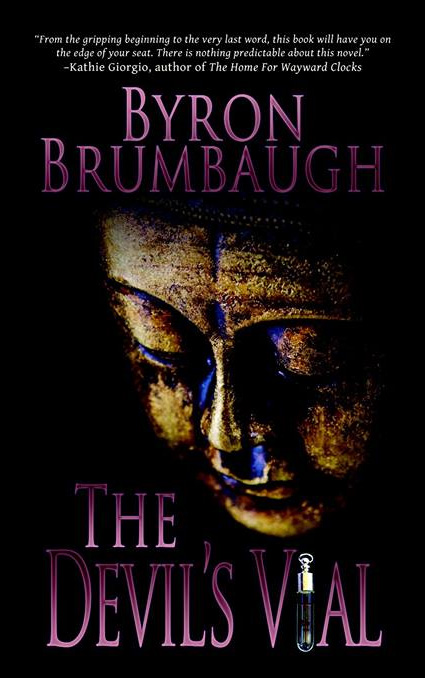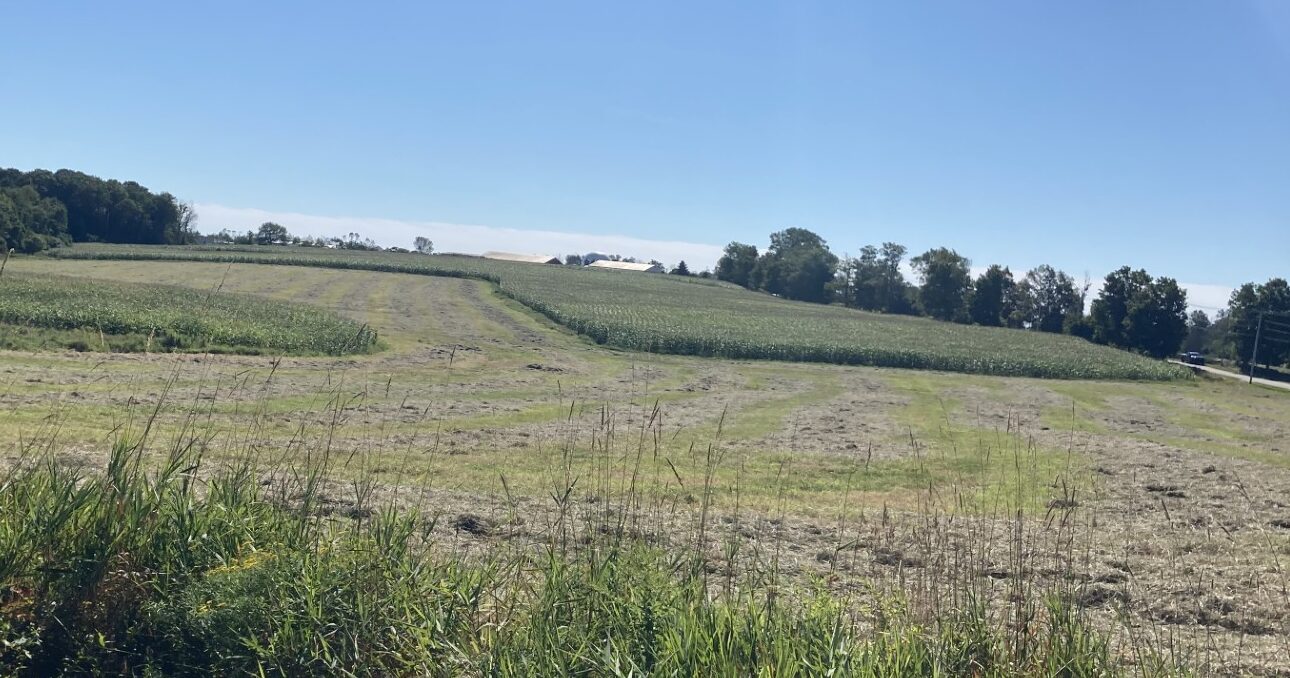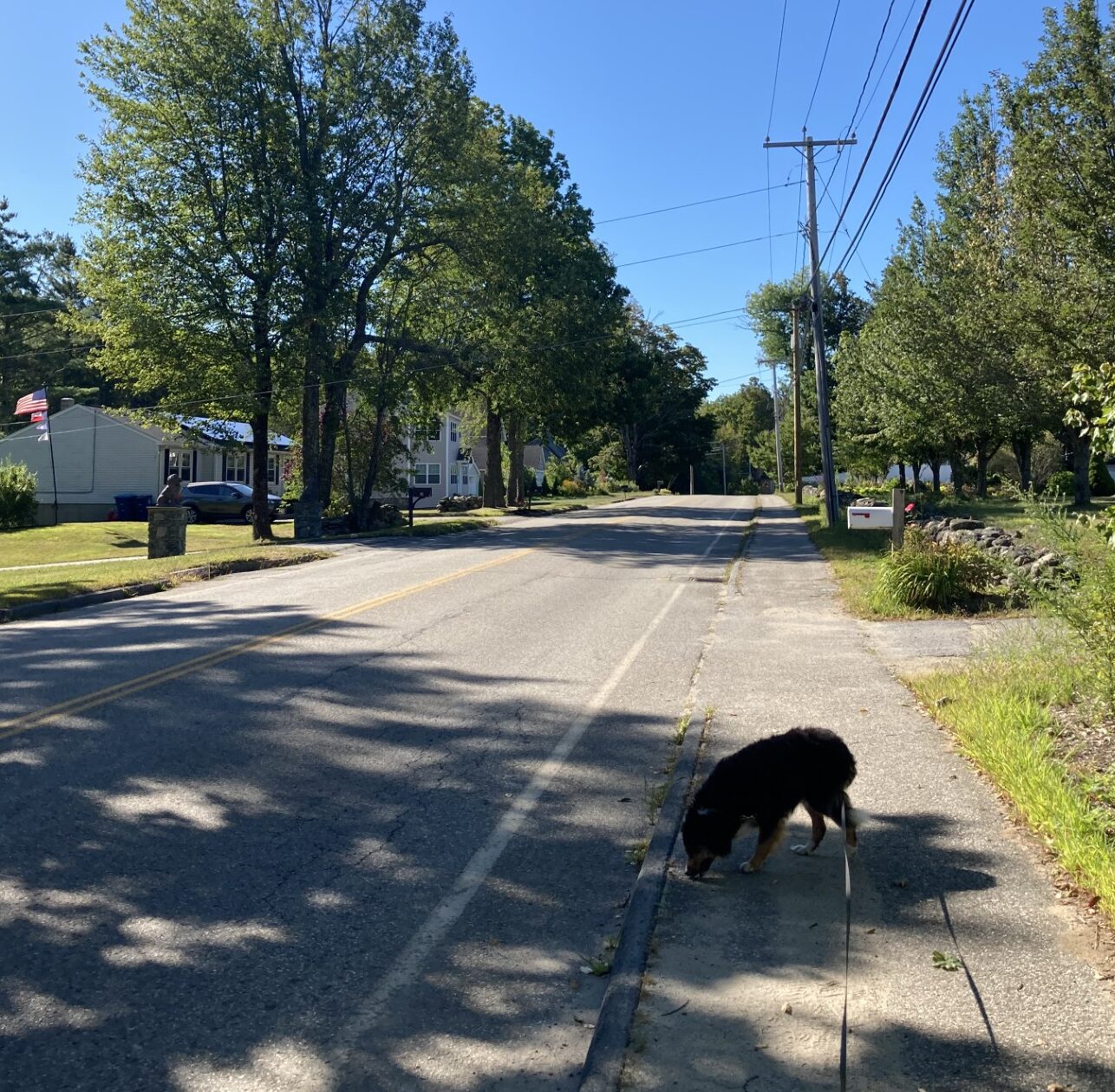Do not dwell in the past, do not dream of the future, concentrate the mind on the present moment.
-Buddha
Finally, we have a day that is cool enough, for long enough, that Waldo and I can venture a bit farther afield, without getting up before dawn, and walk for a couple of hours and not get baked. I decide to head over to Rutland, where we last walked on the Mass Central Rail Trail, and close a gap we haven’t yet walked. This gap is about 2.2 miles long, runs along a couple of highways, and ends on a piece that we, with Christine, walked some time ago. It’s just Waldo and me this time, so we have to do a round trip, totaling 4.4 miles. The starting point is a 45-minute drive away, so it’s around 8 AM when we start out. Across the road from where we begin, the old railroad bed continues, but immediately disappears into the weeds. Waldo and I have certainly bushwhacked our way along unimproved paths in the past, but not today. We stay alongside the road.
As soon as we leave the car, Waldo is out front at the end of the leash. When we go to a new place to walk, he gets excited and forgets to be hypervigilant about bikes. Even though cars go faster, and make more noise, he doesn’t seem to be worried about them as much as he is about their smaller, quieter, slower cousins. And there are quite a few cars that pass us, traveling at 40 miles an hour or more. There is no sidewalk out here in the boonies and the shoulder is marked by a solid white line. Waldo keeps to the outside of the line and often in the grass and gravel beyond the tarmac. He doesn’t pull at the leash, like he used to as a puppy, but he does take as much leash from the retractable handle as he can. He’s having a good time.
I spent a good portion of my life living in semiarid places, like the western United States and the high plateaus of East Africa. The predominant colors in those places are pastel yellows, beiges, and tans. There is some green, of course, but it doesn’t dominate. Here, in New England, things are so very green. As I walk down the highway, it’s like I’m walking through an emerald tunnel. I don’t know what the origin of the emotion is, but it makes me feel subtly secure, satisfied and enlivened. Some have speculated that sylvan landscapes of grassy fields alongside blue lakes surrounded by deep green forests, generally appeal to people because of RNA memory that has passed down from generation to generation since our distant ancestors lived in trees. Whatever the source of the feeling, I do notice its subliminal message.
We don’t go more than, at most, a half-mile, and, off to our left, the green tunnel opens up into a large cultivated field. What was a sylvan landscape has morphed into a big farm, growing corn and hay. The corn is not yet mature enough to harvest and the hay has been cut and raked, but still needs to be bucked and baled. In the distance are large well-kept barns and silos. There are no tractors, or balers, or other farm equipment in sight. It’s as if the farmer has taken the day off. It’s a good day for that, for sure. At the near edge of the fields is a stand of tightly packed, new-growth, staghorn sumac. The plants are so densely jammed together that I can’t help but think they were planted there by human intent. I can’t imagine what that intent was, though.
As we walk along, I see tree leaves whose shape I don’t recognize. I pull out my phone and speciate them as I notice them. There are shagbark hickory, European beech and white ash that are not denizens of the Assebet River Rail Trail. One of the hickory trees is more than 150 years old, as evidenced by its diameter of over 30 inches. On average, trees grow about 0.2 inches per year in diameter, so something that big has been there a long time. I wonder if it was planted when the place was settled, back in the late 1700s to early 1800s. There is history there, for sure.
There isn’t a whole lot of birdsong today, for some reason. I do hear a distinctive whistle, though, so I pull out my trusty phone and bring up the Merlin app (isn’t the twenty-first century wonderful?). It identifies what I hear as a bluejay tune. So, I now can identify Emmy birds (catbirds), cardinals and bluejays by their distinctive lilts. Of course, there are others that are better known, like the caw of crows, the hoot of owls and the high-pitched scree of a red-tailed hawk soaring on high.
The more I learn, the more I’m drawn into the experience of living, surrounded by Mother Nature. And that’s the point. It’s not to know about biology, botany, or ornithology. The goal is to try to notice what’s going on as I walk along, to become engaged with nature and the present. The speciation of trees, the identification of birds and the learning of how nature works is just a trick to draw my attention out into the world and what’s going on in the present moment – the only place where the human condition touches reality. Events in the past have already occurred and the future isn’t here yet.
“Now” is the only time when anything is happening.



